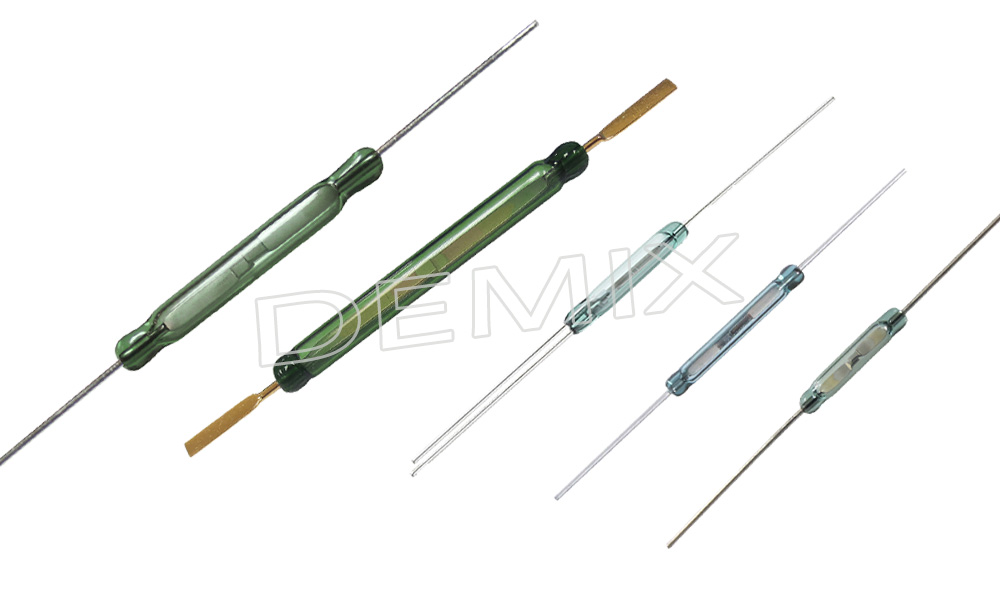Comparison between switching current and load current
Publish:2024-07-05 ClickCount:1
When selecting a reed switch for a specific application, one of several issues to be considered is to determine how much load current the switch needs to handle. If only the low current signal is switched, there is no problem, because almost any reed switch can handle at least 100mA of current.However, when it is necessary to switch several hundred milliamps or more, problems will occur. When looking at the rated electric power in the magnetic reed switch specification, you can find at least two different current specifications:1. Switching current 2. Load currentAt first, it seems strange that there are two different current specifications, and some reed switches have the same two values. However, for many reed switches, the switching current should be lower than the load current.So, whats the difference between switching current and load current? Whats the impact?The switching current is the current that passes when the internal contacts of the reed switch contact for the first time and the current that is interrupted when the contacts are disconnected. Load current refers to the steady-state current that the magnetic reed switch passes after the contact is closed and stable. The reason why the switching current is usually lower than the load current is that when the contacts are close to each other or separated from each other, an arc may be generated, which will lead to the degradation of the contact materials and, in extreme cases, the contacts may be welded together. Once the contacts are closed, there will be no more arcing because there is no gap between the contacts.For most applications, the current that the switch needs to handle during switching is equal to or higher than that during steady-state operation. Therefore, when looking for a suitable reed switch, most designs should focus on switching current rather than load current.


